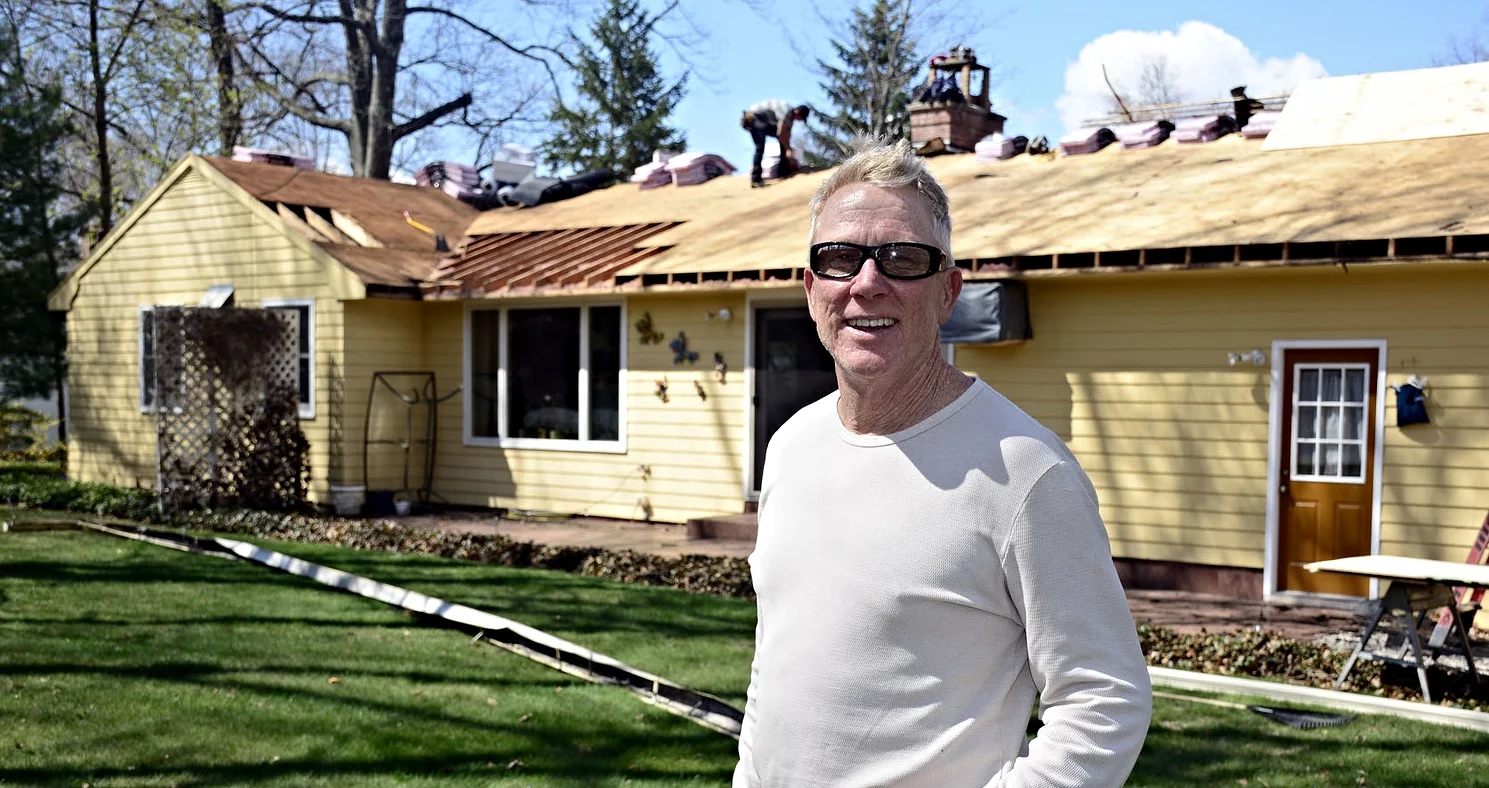A Case of the Late-Winter Blues
Chelsea O'Donnell
This month’s crazy weather has many people practically begging for spring to come, and nearly every day I get calls from customers telling me they are sick of freezing in their own homes. Believe it or not, the people who have suffered through the cold this winter nearly all have one thing in common: they live in 60+-year-old Cape Cod homes.
Back in the 50’s and 60’s the residential boom in Bristol meant that Capes were built en masse. At that time, building codes were much more relaxed and energy efficiency was unheard of, so homes were built with very little insulation or ventilation. As time has gone on and the winters get colder, people who live in Capes (and many other styles of homes built during that time) can literally feel the outside weather is coming in. Because there isn’t enough insulation to protect these homes against the intrusion of freezing air, it’s getting trapped in the attic with nowhere to go but down into the second floor of the home. What’s worse is that the moisture in the air is also getting stuck, exposing residents to a potentially dangerous and very messy mold problem.
So what should you do if you’ve been frozen out this winter? First, take advantage of a free insulation inspection from a local area contractor to see if your attic is up to scratch. If you haven’t had the house insulated since it was built, I can guarantee that whatever you have is not enough. If you’ve recently bought a 1950’s or 1960’s home, now is the time to pay close attention.
Today, we measure insulation by its “R-Value” and the higher the R-Value, the better the insulating properties. In the 1960’s, R-Value wasn’t a popular unit of measurement and instead, most insulation was measured by its thickness in inches. To give you an example, if a typical 1960’s home was insulated at all, it was probably fitted with an R-10 value, which equates to a little over three inches of thickness. The recommended R-Value for Connecticut’s climate according to EnergyStar today is between R-49 and R-60 for an uninsulated attic and between R-38 and R-49 for a home with a few inches of pre-existing insulation. So as you can see, times they are a changin’.
If your house is the victim of extreme temperature changes, the easiest and best way to regulate it is to build that barrier of protection. A professional can tell you how much insulation you need and can also perform an assessment to see if any mold has formed in the attic and walls. It’s key to remember that adding insulation will change the way your home breathes, so make sure it is fitted with proper ventilation to allow for appropriate airflow. If you just experienced a cold winter at home with energy bills to beat the band, this springtime project is one you can't afford to ignore.
Bob O’Donnell is the owner of O’Donnell Bros. Inc., a Bristol-based home improvement company established in 1975. Email your questions for Bob to info@odonnellbros.com with the subject line “Ask the Pro.” All questions may be considered for publication. To contact Bob for your remodeling needs, call O’Donnell Bros. Inc. at (860) 589-5155 or visit http://www.odonnellbros.com. Advice is for guidance only.
